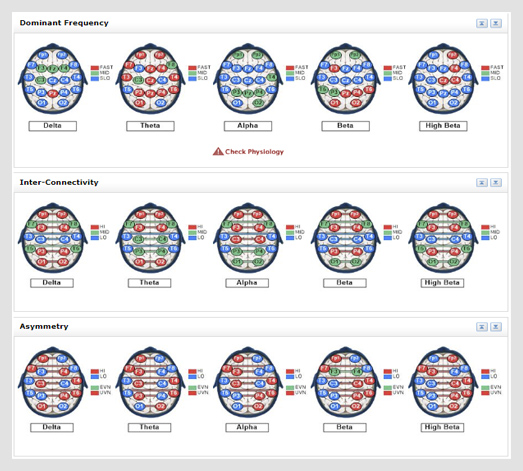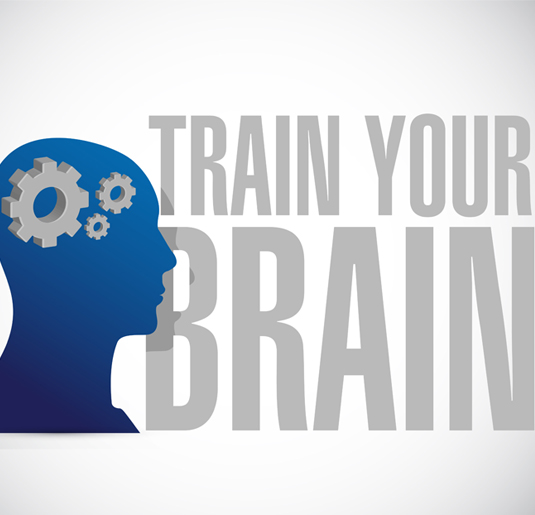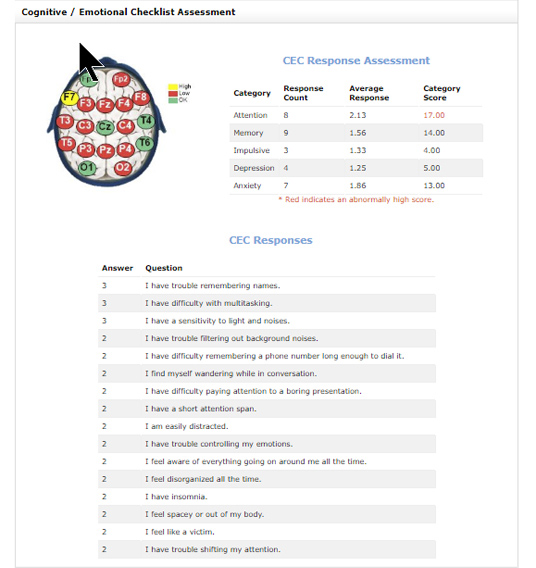STEP 1: EEG NEUROFEEDBACK INITIAL CONSULTATION SESSION
The Initial Consultation Session is designed to offer you information about EEG, including an introduction to the assessment portion (QEEG), as well as the EEG training. After scheduling an appointment, you will consult with Dr. Randy Cale to review your history, including any psychological reports, medications and prior treatments. With this information in hand, a preliminary treatment plan will be developed for you or your family.
With over 30 years of experience, including certification in neurofeedback, Dr. Cale will carefully work with you to create a program to fit your needs. The emphasis will be on understanding and addressing more than just the dysregulated brain waves addressed by Neurofeedback.
Attention will be given to the impact of family/environmental factors, dietary components that contribute to inflammation in the brain (usually seen in the QEEG findings), as well as the powerful roles of medication and exercise in shaping the health of the brain. All these factors will be reviewed and considered in the treatment plan, as well any financial considerations that apply. Ultimately, the decision to pursue any form of treatment is in your hands, of course.

STEP 2: BRAIN MAPPING ASSESSMENT (QEEG)
The QEEG assessment is a critical aspect of effective neurofeedback, as this procedure allows the clinician to take a comprehensive ‘picture’ of how your brain (or your child’s brain) is functioning. During the roughly one-hour process, a remarkable amount of data is recorded and analyzed. In fact, over 100 points of data are being recorded every second of the QEEG assessment.
The client is required to complete personal assessments from home, which address cognitive, emotional and physiological factors impacting quality of life. These results are integrated with brain map.
Once analyzed, this gives Dr. Cale extraordinary insight into your brain (or your child’s brain) and a map is created that not only tells us where we are now…but more importantly it lays out a specific road to follow to make incremental, but massive change in how the brain functions. The pathway to a more focused, healthier mind is ultimate outcome from this process.
The integration of QEEG assessments in conducting Neurofeedback has revolutionalized and refined treatment outcomes. This is one of the major reasons why Neurofeedback efficacy has improved dramatically over the last 10 years.

STEP 3: RESULTS AND TREATMENT OPTIONS
Once the QEEG has been processed, a follow up appointment is scheduled to go over the results and to discuss treatment strategies.
If you would prefer, you may forego this review session and schedule your next appointment to begin your neurofeedback training.

STEP 4: BEGIN YOUR EEG TRAINING RIGHT AWAY
Neurofeedback training is similar to the process of becoming physically fit. It takes many repetitions for behavioral change to become conditioned behavior. Just as a muscle builds new fibers to support heavier lifting, the brain builds new, functional neural connections through neurofeedback sessions to support brain based behavioral change. Did you know that a 1% change daily, compounded over one year, results in a 37-fold improvement? That’s not 37 percent. That is 37 times better than at the beginning of the year.
It is useful to think of Neurofeedback in that manner. We will weekly make seemingly small, yet life-transforming changes in each session. The results are best viewed from snapshots taken over time.
One astounding fact to also keep in mind with Neurofeedback: In the initital 20 sessions of EEG training, the brain has over 70,000 learning moments. The software interfaces with the brain in a manner that takes advantage of each of these opportunities so that learning is enhanced over time.
Home Training with Neurofeedback: Now Neurofeedback is available in your home, with QEEG-driven protocols. This reduces cost, increases frequency of training, allows for much more flexible and yet effective training regiment.

STEP 5: TRAINING SCHEDULE
In order to ensure that these neuroplastic changes steadily occur, most clients are training four to seven days per week. This is either in home training, or combination of office and home training. This frequency of training keeps the brain in an active state of learning and growth, allowing each session to progressively build on the last.
Especially in the early stages, it is encouraged to begin training as frequently as possible in order to quickly establish protocols and produce an effective treatment outcome. The more frequently you train – the more quickly you’re able to establish what works for you.
Most therapist do not significantly alter brain wave performance, and that’s often represent a band aid approach with many side effects. Consistent and frequent training with Neurofeedback not only changes brain wave patterns, but improves communication within the brain, and affects brain chemistry and structure in profound ways over time.

STEP 6: MONITOR RESULTS WITH REGULAR ASSESSMENTS
Built into our treatment model are a series of regularly completed assessments. These tools allow us to track progress in a very tangible and measured manner. Not only will you be able to see the results in your life, but these tools show us how the brain is improving in efficiency and function.
This innovative enhancement will help substantiate the profound changes that gradually unfold. This data also allows us to pinpoint times when training schedules, medication reductions, lifestyles adjustments and therapeutic consultations may be helpful.
Regardless of training frequency, all clients are consistently evaluated throughout their training in order to track shifts in symptom presentations and overall client experience. After several weeks of training, we may be able to adjust your training schedule.
Each client presents with varying symptom presentations and complexities. In order for us to provide an adequate degree of treatment, all training schedules are specifically tailored to the individual, and are immensely important to follow in order to see a reduction in symptomatology. For simple client presentations a minimum of twenty neurofeedback sessions must be completed for symptom reduction to last. Many are more complex, and may require additional training to produce satisfying, long-lasting results.

